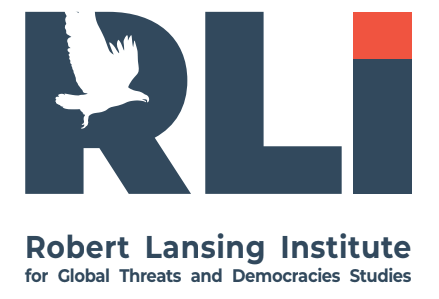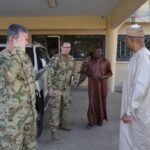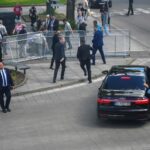On May 8, we published a material on the Russian biolaboratories located on the territory of the Central African Republic. We analyzed thoroughly available space footages of Bossangoa, Ouam Prefecture in the Central African Republic. During the study we found 3 potential objects of interest, in particular:
Object 1: fenced territory (total area 4 hectares), 2.8 km to the west of Bossangoa Airport.
In January 2014, the level of the object protection (a fence and a checkpoint) was increased. In November 2016, a new-constructed rectangular building in the central part of the object and a modular structure placed near the checkpoint were identified.
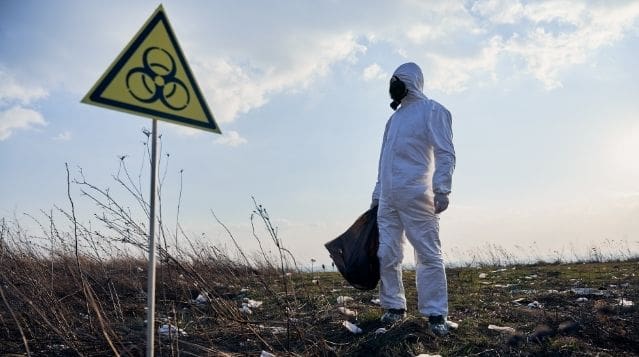
More on tis story: Russia uses African continent as a base for its biolabs
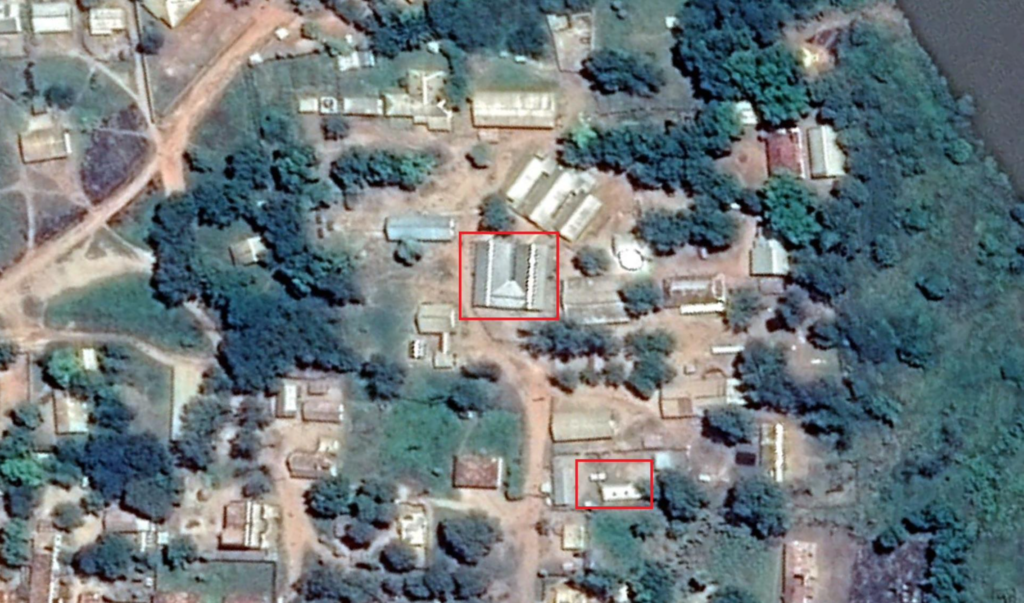
Probably, an electric generator was located near this construction. In November 2018, 2 tents were fixed near the mentioned building. As of May 2020, the number of the tents in the southern part of the object increased up to 10. At the same time, the installation of additional modular elements connected by closed corridors (passageways) was found on the territory where the modular construction had been located. These passages allow moving between the parts of the modular construction without coming out. It gives reasons to assume the presence of measures of biological protection and isolated complex.
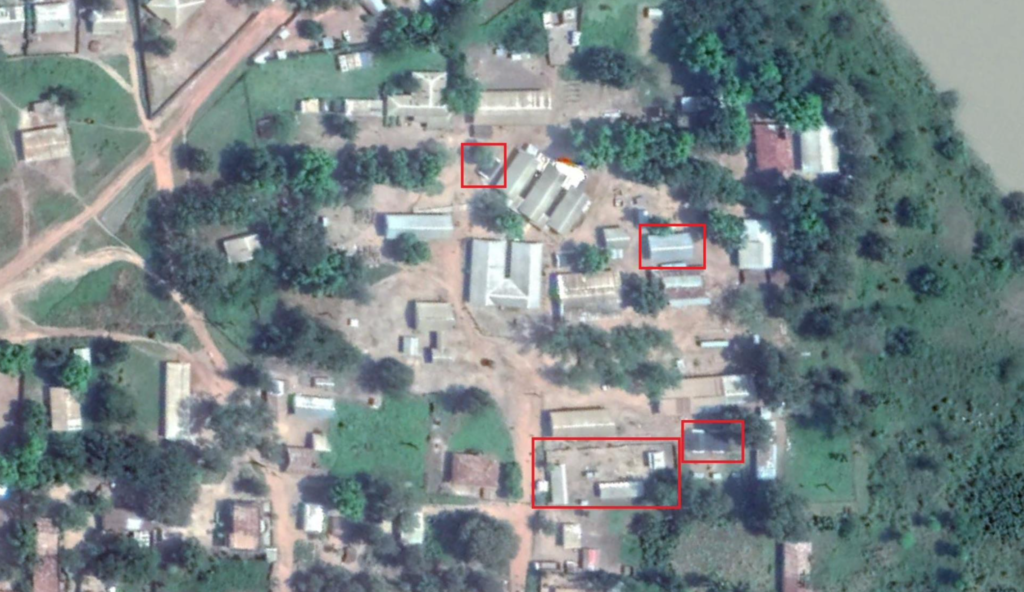
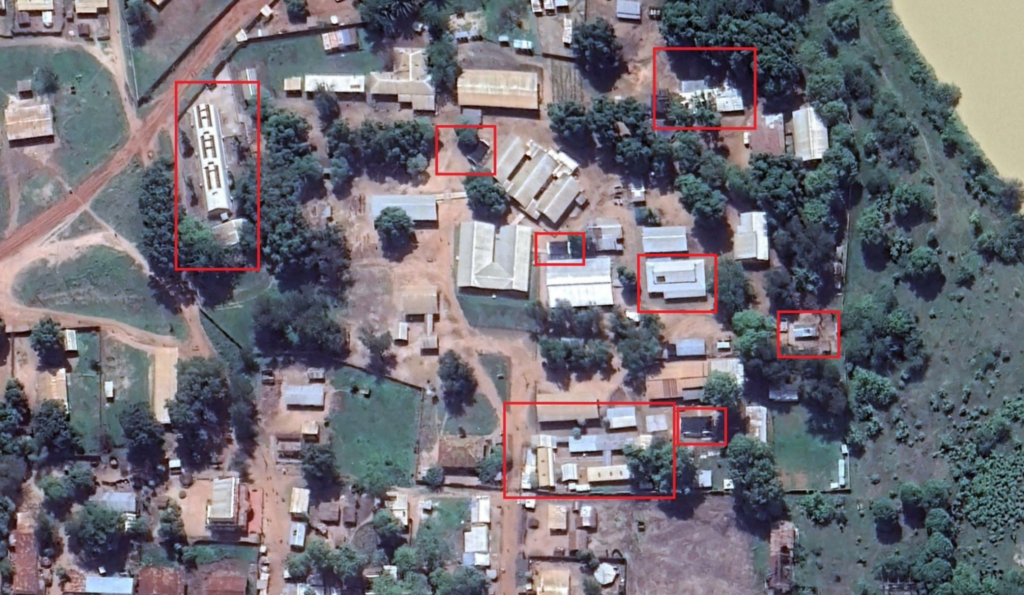
In November 2020, the hangar was found in the northern part of the object, and the perimeter fence was changed for locating a bigger capital construction (probably brick or concrete building). It allows us making a conclusion that the level of the territory security has increased. In April 2021, a new-constructed building with a ventilation system on the roof, typical elements of a biological laboratory, was identified on the site of the mentioned hangar. Generally, the territory of the object is highly-protected: some buildings and constructions consist of modular elements (containers, vans, trailers, etc.) connected to each other. Placement of tents was periodically observed on the territory. During 2014, a helicopter landed on the object territory several times.
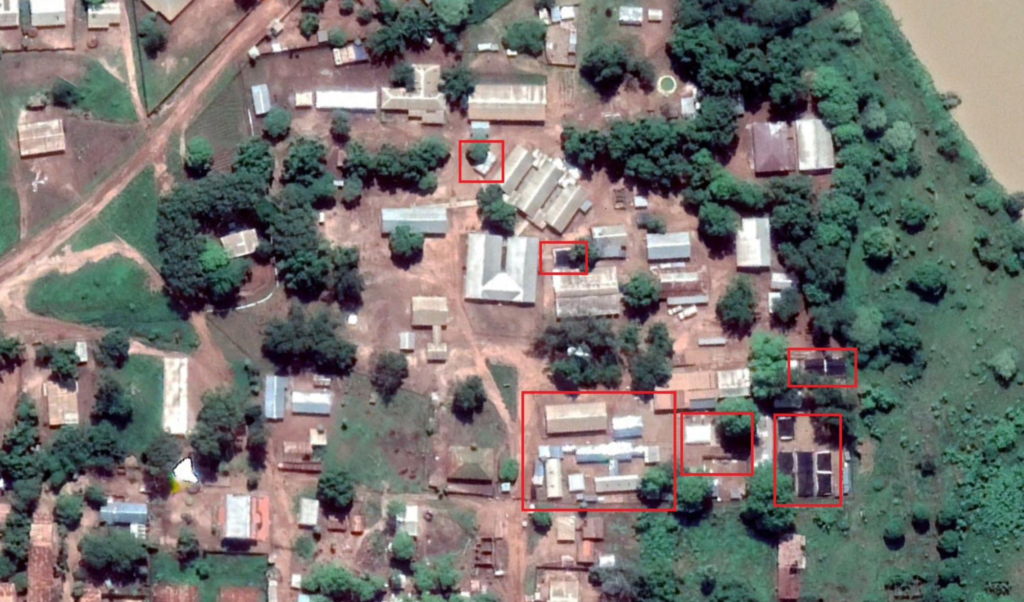
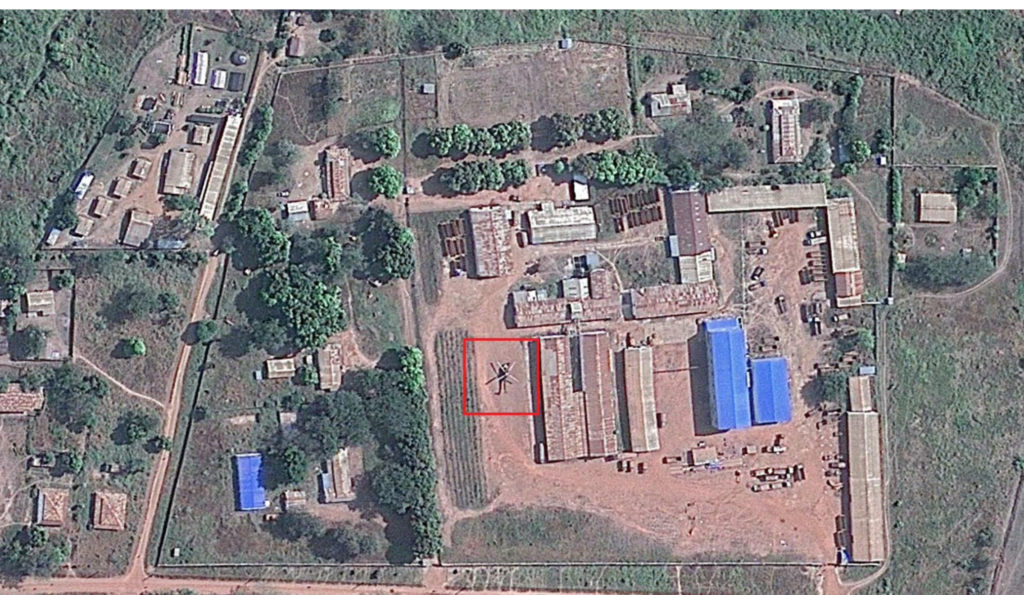
In October the entrances/exits to the territory were equipped with checkpoints, including installation of protective elements. In addition, a fortification (sandbags) was fixed at the corner of the streets adjacent to the object. These elements can serve as a shelter for security guards. The increased level of the object security goes hand in hand with the similar measures Russia takes on the territory of military biological institutions. From July 2022, a Mi-8 multi-purpose helicopter and 6 trucks have been based on the territory of the Bossangoa research facility.
Since November 2016, we сan see the deployment of the field camp, divided into 4 zones. Each zone is highly-protected (bulwark or fence). A significant number of white tents and modular constructions were identified on the territory of the field camp. One of the zones looks like a field hospital. In addition, there are also white trucks and sea containers.
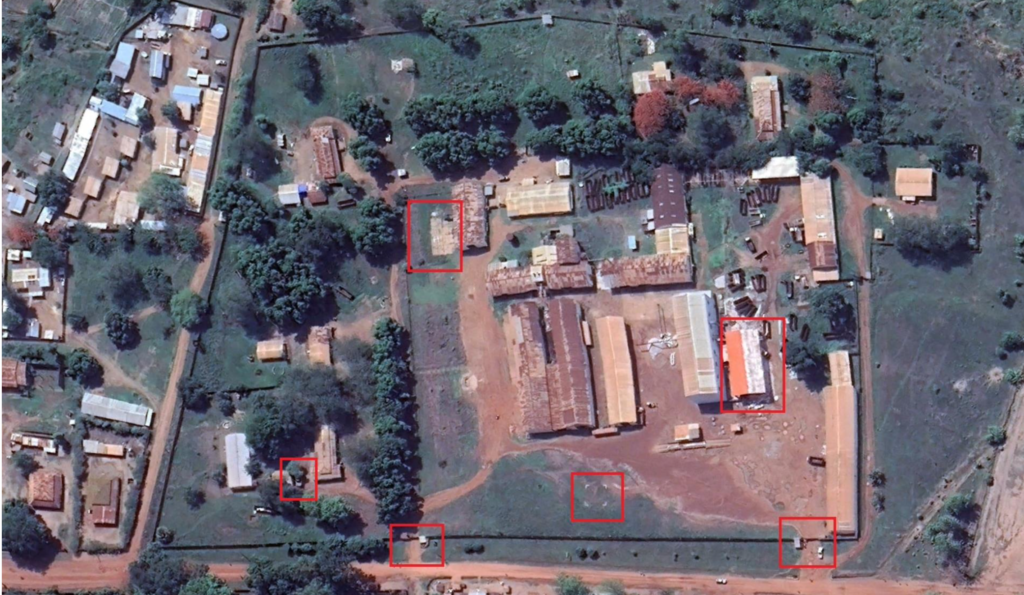
Since April 2023, the territory in the western part of the camp was expanded. The elements of a new fence were built as well. It is worth noting that the number of vehicles and sea containers on the territory of the field camp has increased significantly.The object has all necessary elements for autonomous operation (electric generators, storage of fuel and lubricants, probably living areas, medical care and technical areas). A significant number of white vehicles and constructions, as well sea containers, may indicate the active use of the field camp that can help the Russians camouflage the equipment as the MONUSCA mission property.
